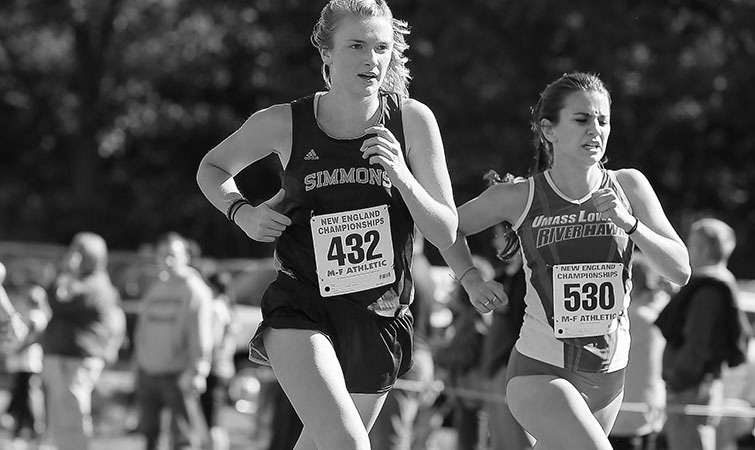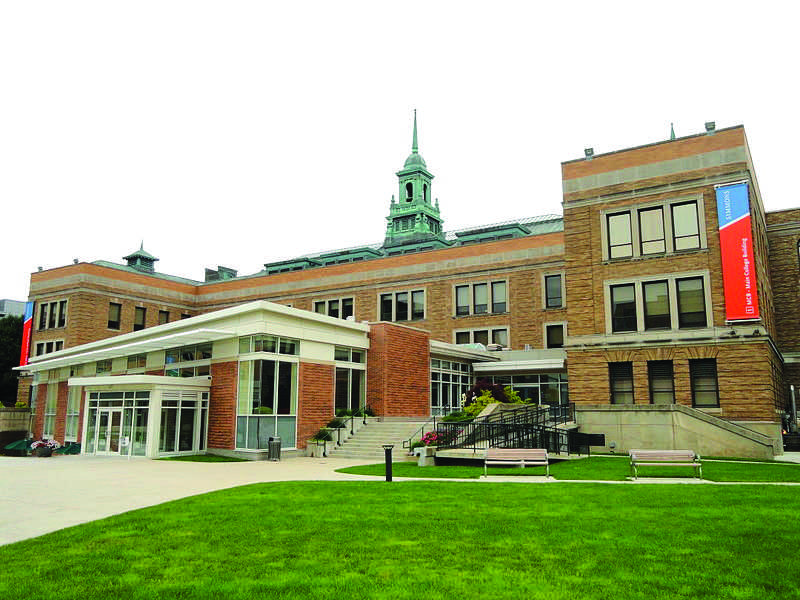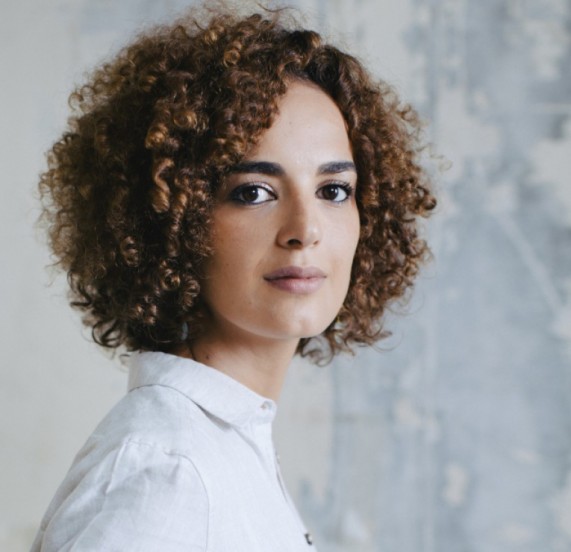By Ahalia Persaud
Staff Writer

The infamous pencil test: they would stick a pencil in your hair. If the pencil stuck, you were classified as black. If the pencil fell, you were classified as white.
This test would be administered if you had a slight indication of blackness, putting some people into a separate racial category of second-class citizens called “colored.”
The word “colored” may not be considered politically correct in the U. S., but in South Africa “colored” refers to people who are of mixed race, descendants of indigenous Khoisan people, or Asian and African slaves brought over or made wives and mistresses by Dutch colonizers. They are a group of people who are non-black and non-white.
Under the apartheid regime in South Africa, the Race Classification Board decided on a person’s race, based on four racial categories to which a person belonged—white, black, colored, or Indian—which depended mostly on looks and was determined by tactics such as the one above.
This was a typical example of the arbitrary, pseudo-scientific classification of people by race that we learned about firsthand in the course of three weeks in South Africa during various encounters.

Twenty years after the apartheid system was officially dissolved in the new, democratic South Africa, the categorizing of people as “colored” still happens, and the social and economic structures of apartheid still exist, leaving many so-called “colored” individuals to reinvent themselves today in different ways.
Most coloreds live in Cape Town and the Western Cape, where they are the majority. Shereen Misbach-Habib, a fifth-generation Cape Malay of Indonesian descent, lives in the Bo-Kaap area in Cape Town known for its brightly colored houses and fragrant spices of home-cooked meals. The residents of this neighborhood are predominantly of Malaysian, Indonesian, and of other African descents.
Now a tour guide for the community of Bo-Kaap, she reflects on the horrifying memories of apartheid, but she also delves into the rich traditions and culture of this historic colored community.
Bo-Kaap, which is located in the heart of Cape Town, is a thriving area. Habib says that since Nelson Mandela’s release from prison in 1990, the property taxes here have increased 11 times, resulting a situation where elder natives are not able to pay their taxes.
There is a high level of gentrification in Bo-Kaap as it is a five-minute walk from the city’s business district and has the dramatic backdrop of Table Mountain.
Claire Collins is a medical student who grew up in a colored community in Durban on the other side of South Africa. Although a mixed individual, her parents resisted the term “colored” to identify themselves. Her father would say, “You’re my daughter, you’re South African, you’re Catholic,” never mentioning the identifier “colored,” said Collins
Her parents tried to protect her from the stereotypes of being colored: boys being in jail, and girls being pregnant and having lots of children with different fathers, dealing drugs. “Pick the stereotype—that’s it,” said Collins.
Despite these stereotypes, she was able to get a quality private education, attend university in America, and now study medicine – opportunities that her parents did not have during the apartheid era.
Noor Ebrahim, author and co-founder of the District Six Museum in Cape Town, is of Indian and Caucasian descent. He grew up in the Cape Town neighborhood known as District Six, which he describes as a very cosmopolitan town. There were all kinds of people in District Six— Indians, English, Portuguese, Chinese, Japanese, Christians, Jews, and Muslims, according to Ebrahim. In 1966, the Cape was declared a “white” area and people were forced into black and colored townships. He said he didn’t understand why the government would do such a thing.
Pointing at a “European-only” bench, which was once placed in his community, he asks, “Why should we classify people as black or white? We are human beings.”
Earl Erasmus is Khoisan and Dutch. He simply states that he is a “bastard.” His mother, a Khoi woman, was with his father, a Dutch man. He said he does not feel like he fits in with the Dutch lineage because he does not look like them. He holds onto his colored identity because that is who he is.
He currently works with young Khoi people at The Dream Center in Cape Town. “[The Dream Center is] where I make young people dreams come true,” he says excitedly.
Ebrahim says simply: “We are South Africans.”
Only white people were able to say that – something colored, Indian or black people couldn’t say before, he adds.
As a part of the Human Rights in South Africa course, 11 students learned about the history of apartheid and the current social situation of South Africa. In May, they visited the country and witnessed the situation first-hand, speaking with people from activists and average citizens to U.S. diplomats and commissioners. You can check out their blog at http://bit.ly/1rVeGkQ.













